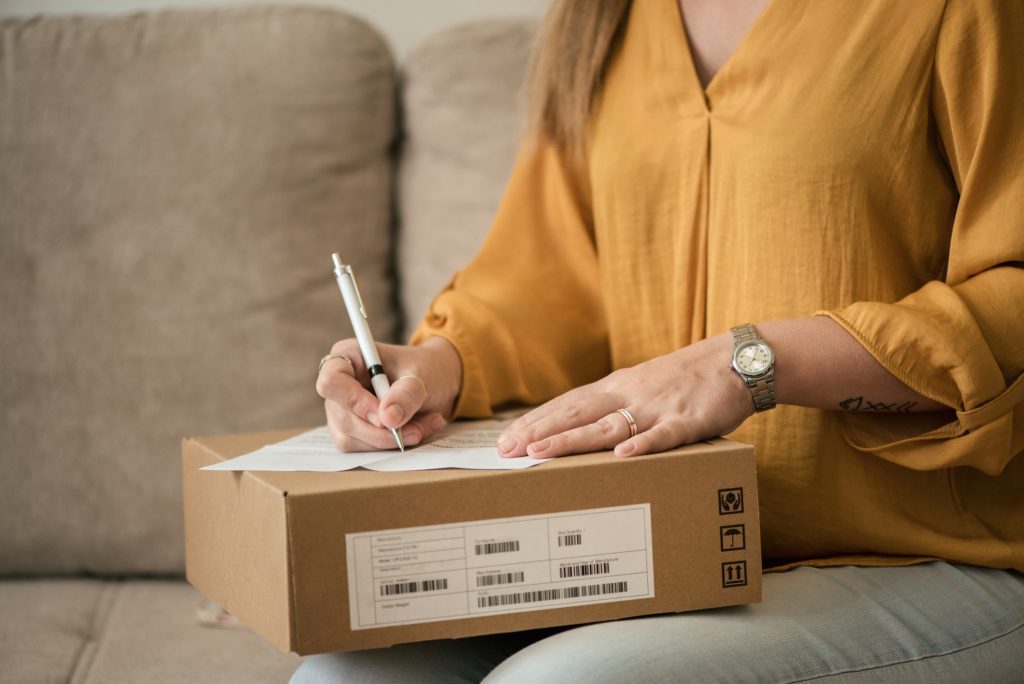E-commerce Returns Place a Billion-Dollar Burden on Business and the Planet

Close up of a woman receiving her package
Online shopping returns cost retailers billions of dollars, pump tonnes of carbon dioxide into the atmosphere, and dump billions of pounds of waste into landfills, according to a global plastics cleanup company report.
Every year, customers return up to 30% of products bought online, three times the amount returned to brick-and-mortar stores, producing 24 million metric tonnes in CO2 emissions.
The report added that after an item is returned, retailers often find it cheaper to discard it than resell it. In 2022, that resulted in 9.5 billion pounds of returns sent to landfills.
There’s also a fundamental difference between online shopping and buying in a brick-and-mortar store that boosts returns. “The stark contrast in return rates between online and in-store purchases is primarily due to the inherent limitations of online shopping,” explained Jason Davis, founder of Makarios Marketing, an SEO consulting company in Henrietta, N.Y.
According to a recent returns survey by returns management company goTRG conducted with more than 500 U.S.-based retailers, 49% of retailers now find returns to be a severe problem, especially during the holiday season.
Unmanaged returns represent a significant cost associated with damages during transportation or storage of returned items, such as clothing, electronics, or plastic items.
Since many retailers lack the infrastructure to manage these returned goods effectively and restore them to perfect conditions for their customers, they end up selling distressed items at significantly reduced prices to liquidators, or worse, disposing of them entirely.
The CleanHub report also identified packaging as a significant contributor to online shopping’s negative environmental impacts.
Online shopping generates 4.8 times more packaging waste than brick-and-mortar stores, the report noted.
The report pointed out that while retailers encourage customers to use original packaging for their returns, some also provide guidance for extra packaging materials. Shoppee, for example, tells customers that if the original packaging is damaged, “securely tape the products and wrap them with at least 1-2 rolls of bubble wrap.”
Once returned to warehouses, the report continued, workers unwrap, process, and often re-package products for resale. Some 91% of all plastic packaging waste will eventually end up in landfills or polluting the environment, highlighting the detrimental impact of unnecessary packaging.
The CleanHub report also noted that fashion is a major source of returns for online shoppers. There is an average 32% return rate for clothing compared to 7% for consumer electronics. Customers who try on clothes — or even wear them once before returning — make it difficult to resell the items, meaning they often get sent straight to a landfill.


Latest News